I've been trying to find information for the above question and I can't seem to find anything. I have 1000 BASE-T lines coming from an Ethernet cable to a PCB mounted connector. I'm pretty much confined to the area shown below:
The lines are not matched inter-pair (some are mismatched by 100 mils), however, they will be matched intra-pair. How important is it for the differential pairs to be length matched (inter-pair wise)? I've gotten conflicting responses from my peers that they do not need to be matched inter-pair wise and I can't seem to find any info online in regards to 1000-T.
Much help appreciated.
